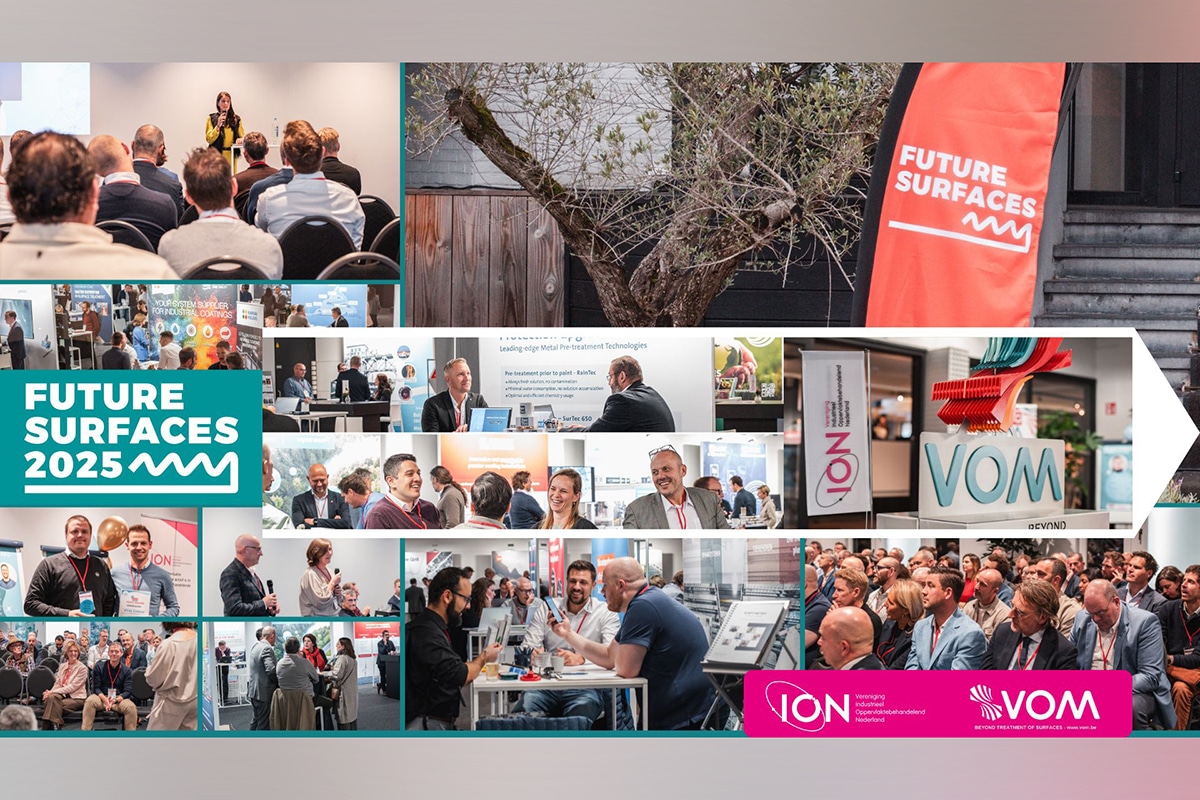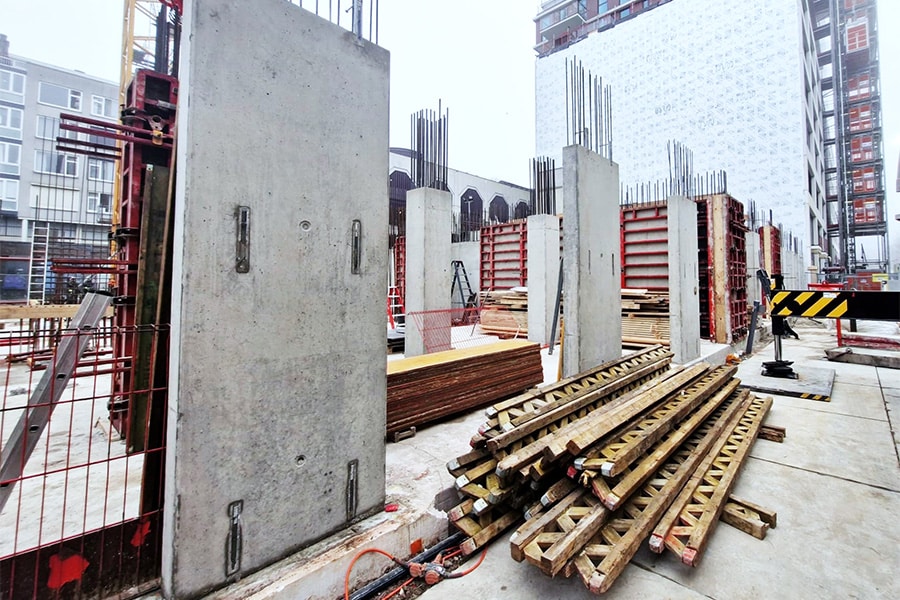
Concrete & steel in legal perspective
For Concrete & Steel Construction, my legal column always tries to tie in as much as possible with relevant real-life cases. This time, I discuss a very recent decision of the Board of Arbitration in Construction Disputes dated May 24, 2024 (No. 37,677) regarding "pop-outs" in delivered precast concrete walls.
Pop-outs are small fragments of concrete that detach from the concrete surface. This damage is caused by contaminants in the concrete, which swell over time due to chemical reactions or water absorption. The issue at hand involved pop-outs in precast concrete wall elements in 57 newly constructed rental homes. It involved tens to several thousand pop-outs per home, with dimensions predominantly from 1 to 9 mm.
Cause of damage
Regarding the cause of the damage, opinions were long divided. The client initially claimed that the pop-outs were caused by the presence of primordial wood in the concrete. A later expert report prepared at the client's request concluded that the pop-outs were caused by the damage mechanism Alkali Carbonate Reaction (ACR). This is a chemical reaction in concrete in which silicates from aggregates react with alkaline substances in the concrete to form alkali-silica gel. This causes water absorption, causing the concrete to swell, cracking in the concrete and releasing concrete particles.
Further investigation by the supplier concluded that the pop-outs were not due to ACR but to reactive particles (calcium oxide, or quicklime) in the powder fraction, most likely from the (pulverized coal) fly ash present. The arbitrators follow the supplier's conclusion, while immediately noting that the underlying cause is actually irrelevant. The consequences are for the supplier's account and risk anyway. That judgment consists of a number of steps.
Supplier liability
Pursuant to Article 6 of the terms and conditions applicable to the contract for the manufacture and supply of precast concrete elements, the supplier was obliged to execute the concrete walls in "smooth and flat finished gray reinforced vibrating concrete. Pursuant to a warranty statement issued, the supplier is under a warranty obligation for ten years after the end of the maintenance period to repair all defects and consequential damage occurring at its own expense and risk on first demand, unless the supplier proves that such defects are not at its risk. Guarantees include that the delivered walls meet the requirements set forth in the agreement and are suitable for the purpose for which they are intended. It is further stipulated that all work to be carried out by the supplier must comply with the conditions set out in the Woningborg Guarantee and Assurance Regulations 2010. In view of this, the concrete walls must meet the requirements of good and sound work. In these provisions is the crux for the arbitrators.
Given the nature and size of the pop-outs, in the arbitrators' opinion, the walls do not meet the requirements of the contract and the requirements of good and sound work and are not fit for purpose. Thereby, the supplier's liability is established before the arbitrators. The supplier argued that the occurrence of the pop-outs could not be avoided due to the presence of natural products that may occur in the concrete elements. The arbitrators consider that this does not avert liability for such pop-outs. There are also no external causes.
Contrary to the supplier's contention, it was also not in the client's power to include quality requirements or specific guarantees regarding the avoidance of pop-outs. That is only at issue in the case of fair-faced concrete, where the occurrence of pop-outs must be kept to a minimum. In doing so, the arbitrators indicate that the presence of a few pop-outs would not have resulted in liability, but the huge number of pop-outs does create liability.
Recovery Method
Initially, the client believed that the pop-outs could be repaired by drilling out and filling, at a cost of €242,000. Because later such a large number of pop-outs occurred, the client argued that such a repair method was not (any longer) realistic. The arbitrators follow that reasoning. The client then claimed repair by installing plaster walls, and with 57 apartments, the claim then quickly rose to € 672,000.
The supplier argues that the walls can be finished with thick/sturdy wallpaper by the tenants and then the pop-outs will not be visible. The arbitrators do not follow this argument. In view of the damage mechanism, whereby pieces of concrete on the surface of the walls are forcefully pushed off, it is sufficiently plausible that a sound and structural solution cannot be found in applying sturdy wallpaper. The pop-outs will show up in it. Moreover, this would impose a restriction on the tenants of the apartments in their choice of wall finish that cannot be required of them. The arbitrators find it sufficiently plausible that a sound and structural solution can be found in the application of drywall to the concrete walls, with the tenants able to choose to finish the walls with sauce work, wallpaper or stucco.
That the supplier has not contractually limited its liability to the contract value and that the damages significantly exceed the contract value is insufficient to limit the supplier's obligation to pay damages.
Amount allocated
Based on the above, the client's claim was granted, although not the entire claim. Part of the principal's claim was a damage amount of €205,000 in connection with alleged interim repair of the drywall to be applied. The client argued that the finish of the drywall would be replaced several times by the tenants during the remaining life of the apartments, with the top layer of the drywall having to be (locally) repaired each time. The arbitrators ruled that it was not established that the housing association would be liable to its tenants for damage to the drywall in the event that the tenants replaced the finish of the drywall themselves in the future. This part of the client's claim is therefore dismissed.
Of the claim of €672,000, an amount of €466,000 plus interest, litigation and extrajudicial costs is thus awarded. This adds up to an amount that exceeds half a million. A very expensive and wise lesson for the supplier.
Joost Haest,
attorney at Severijn Hulshof advocaten




